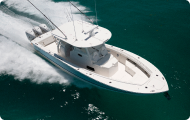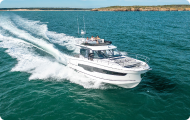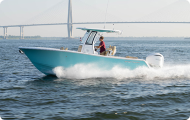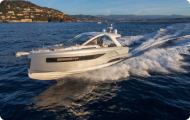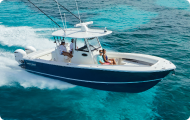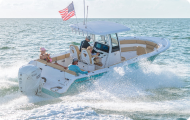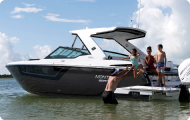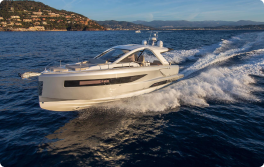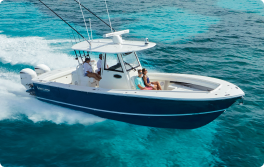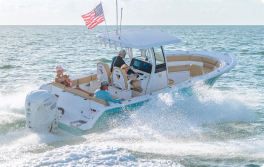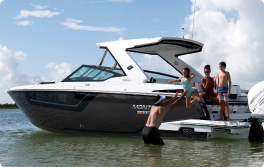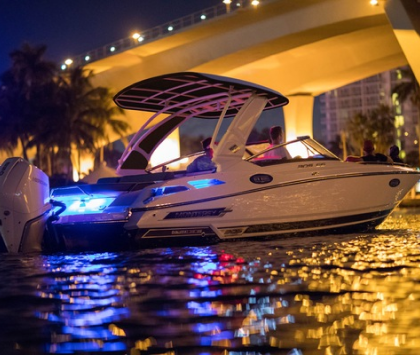‘Tis the season for winter boating! With the trees losing their leaves around the country, and some areas already getting a coating of snow, boating may be the farthest thing from you mind. Even those of you who live in more temperate regions might have turned your attention away. But, the cooler months are as good of a time as any to take your boat out. In fact, in some cases, winter is an even better time.
Consider the following five tips to make winter boating enjoyable, and safe.
5 Tips to Enjoy Winter Boating:
- Take in the changing scenery.
- Delight in reasonable rates, and superior slip choice.
- Fight a fish.
- Check your batteries.
- Dress for the temperatures.
Enjoy the Scenery
In summer, sometimes we’re too busy splashing in the water to notice nature. Late fall and early winter can produce stunning scenery. Sea or lake fog, resulting from warm air over cool water, can be beautiful, so take along your camera. Some outdoor stores even organize canoe and kayak tours this time of year.
Fall Foliage Cruising: 10 Best Places to Explore this Autumn
Wide Open Waterways…and Docks and Boat Ramps
Since fewer boaters are out on the water, marinas often have lower rates. There’s a wider availability of slips, too. Chances are local restaurants and shops will be less crowded as well.
Winter Fishing
A variety of fresh- and saltwater fish are available in wintertime, like bass, muskie, and red snapper. Take your own boat, or book a fishing charter. If you take your own boat, consider using a net to keep the fish over the side if temperatures are near freezing. This keeps drips from freezing inside the boat.
Check Your Batteries
Cold temperatures mean batteries’ performance suffers, so double check the charges before and after each trip. This includes your navigation and communications electronics. Learn more in Marine Battery Basics.
Dress for the Weather
Even if the average highs in your area remain in the upper 50s or even mid-60s, be mindful that as the sun goes down, so, too, do temperatures—quickly. Wear layers, and take along warm extra items and blankets. They’re especially important if you get wet. Consider wearing your PFD, too, since wet clothes will weigh you down.


